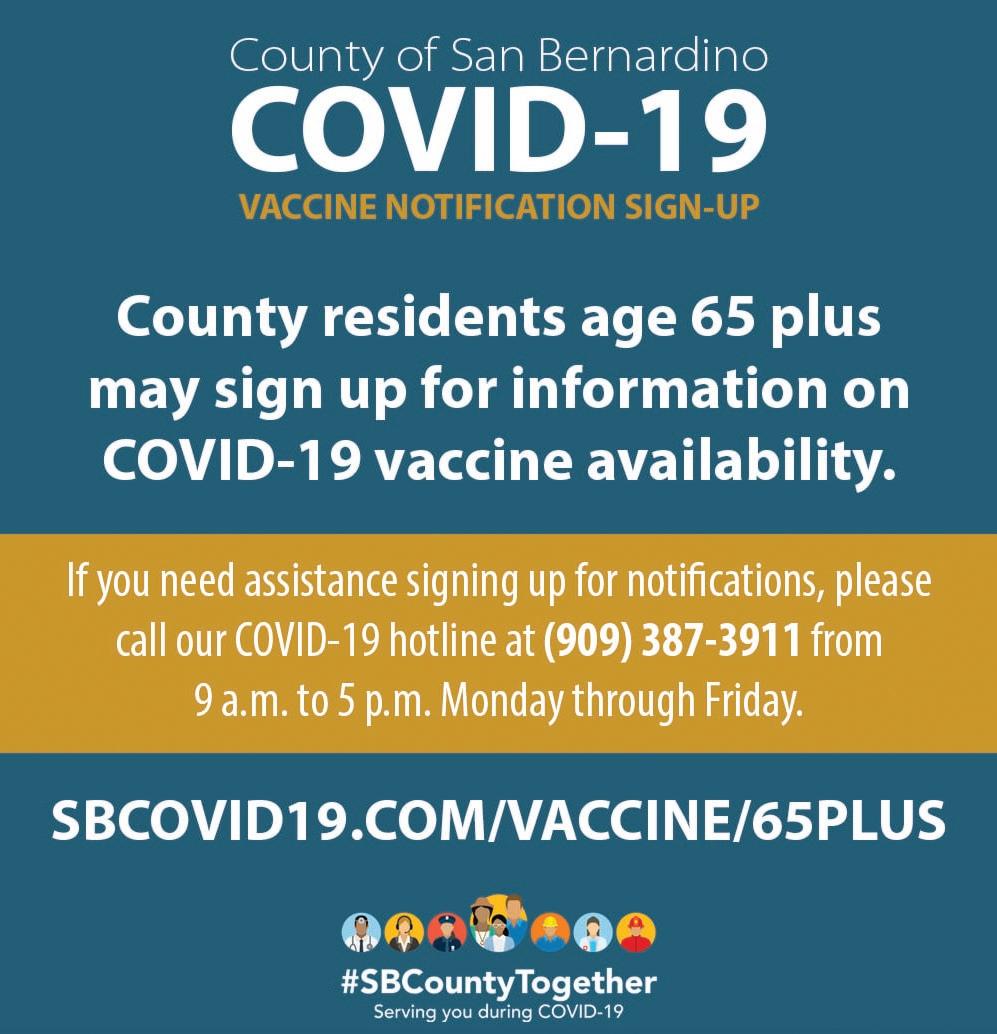
2 minute read
COVID-19
Caring for someone siCk at home
Are you caring for someone with COVID-19 at home? Follow these recommended steps to protect yourself and others. This information can also be used when caring for someone who has tested positive for COVID-19, but is not showing symptoms.
Advertisement
Provide suPPort
n Help the sick person follow their doctor’s instructions and take their prescribed or over-the-counter medications . n Make sure the person drinks plenty of fluids and gets plenty of rest. n Help them by taking care of their pets, doing their grocery shopping, picking up medications, or consider having items delivered . Limit contact between the sick person and their pets when possible . n Call their doctor if their condition worsens or call 911 for emergencies . Tell the dispatcher that the person has or might have
COVID-19 . Seek emergency medical care immediately if anyone shows these signs: trouble breathing, persistent pain or pressure in chest, new mental confusion, inability to wake or stay awake, bluish lips or face .
ProteCt Yourself
n When possible the caregiver should not be someone who is at high(er) risk from severe illness . n The sick person should separate themselves from others, and if possible, have a separate bedroom and bathroom .
Maintain 6-foot distance from the sick person whenever possible . n Avoid having visitors, especially from those who are at high risk for severe illness . n Eat in separate rooms and avoid sharing personal items . n The person who is sick should wear a mask when they are around other people at home . Mask should not be placed on children under age 2, on anyone who has trouble breathing or is unable to remove the mask or covering without help . n Caregivers should put on a mask and ask the sick person to put on a mask before entering a room n Caregivers should wear gloves when having to touch or have contact with the sick person’s blood, stool, urine, saliva, mucus, or vomit . n Wash hands for 20 seconds with soap and water, use hand sanitizer if soap and water is not available, and avoid touching eyes, nose, and mouth with unwashed hands after caring for the sick person . n Place used gloves and other contaminated items in a lined trash can . Dedicate a lined trash can to the person who is sick .
ProteCt the home
n Clean and disinfect high touch surfaces (doorknobs, tables, light switches, handles, toilets, faucets, sinks, and electronics) . n Clean with soap and water then use a disinfectant spray (follow label instructions) . n Do not shake laundry and wear disposable gloves when handling dirty laundry . n Use warmest water setting allowed for washing and drying clothing . n Clean and disinfect laundry hampers and wash hands frequently .
Source: https://www.cdc.gov/coronavirus/2019-ncov/if-you-are-sick/ care-for-someone.html










